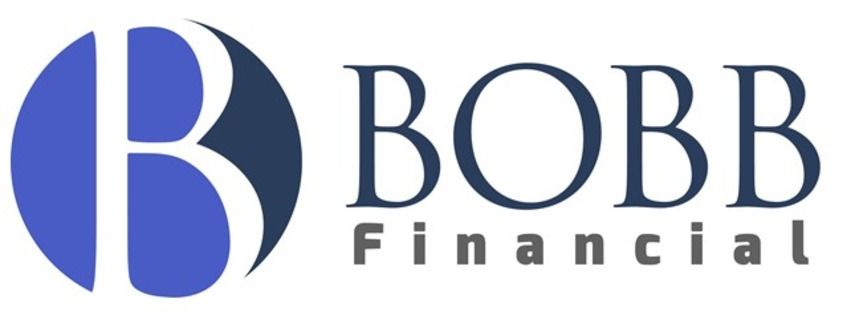A Vote For and Against the 4% Rule
Anyone who is close to retirement or has done any retirement planning has probably heard of the 4% rule, but is the 4% rule what you should use
Year End Tax Planning Ideas
The end of the year is quickly approaching, which can only mean one thing for us finance nerds – year-end tax planning! The end of the year is a great time to evaluate
TSP Distributions and Tax Planning for Federal Retirees
Federal employees will face a challenge in retirement – figuring out how to spend their money versus accumulating it. After spending 30+ years saving and investing, distributing funds can be daunting, but it’s exactly what’s needed in retirement. Tax planning during the
How to Avoid Getting Crushed by Taxes in Retirement
The answer is relatively simple – show very little income on your tax returns. The key is understanding how different types of investments are
The FERS Survivor Annuity is Expensive
his view of the survivor annuity being too expensive and not worth taking. But is it really expensive
Four Things Federal Retirees Can't do With TSP
The Thrift Savings Plan is a great benefit that all federal employees should be using to accumulate funds for retirement, but it doesn’t work quite as smoothly
FERS Retirees May Want to Delay Social Security
The effective tax could be a great reason for FERS retirees to delay their Social Security until later in retirement.
Should a FERS Retiree Buy a House in Retirement
It’s not uncommon for a federal employee to retire and buy a house later. I have consulted on this topic three times in just the past few weeks. The biggest question retirees have is if they should take the funds
Considerations When Purchasing a Home
Home purchases are arguably the biggest purchase we will make in our lifetime. It is very common for a young physician coming out of residency to be facing this decision head on
Tax Bracket Misconceptions
Federal income taxes can be terribly misunderstood. Sometimes I believe that whoever writes tax law wants us to misunderstand it
Rule of 55, 50 for LEO and Early Access to TSP
The rule of 55 is a great feature of your Thrift Savings Plan that helps early retirees. This IRS rule means that those who leave
How to Get a Tax Free Retirement
This is a headline that I see often on retirement articles, but is it possible? Yes, it is possible, but the more realistic headline would be: “How to Retire and Maintain a Low Income Tax Bracket.” Before we dive into details, I want to point out that when you see this title, it is normally “click bait” to try and sell you a type of life insurance product. How can you achieve a tax-free retirement?
